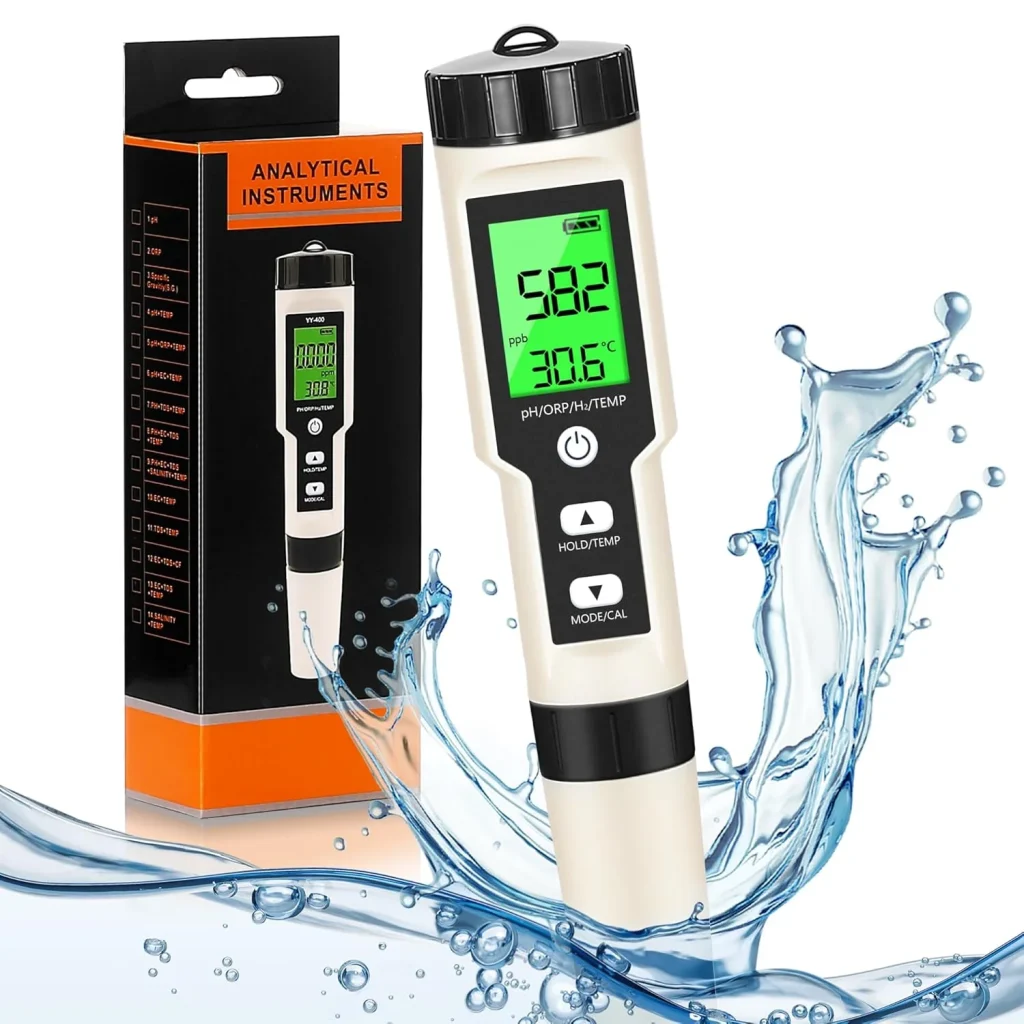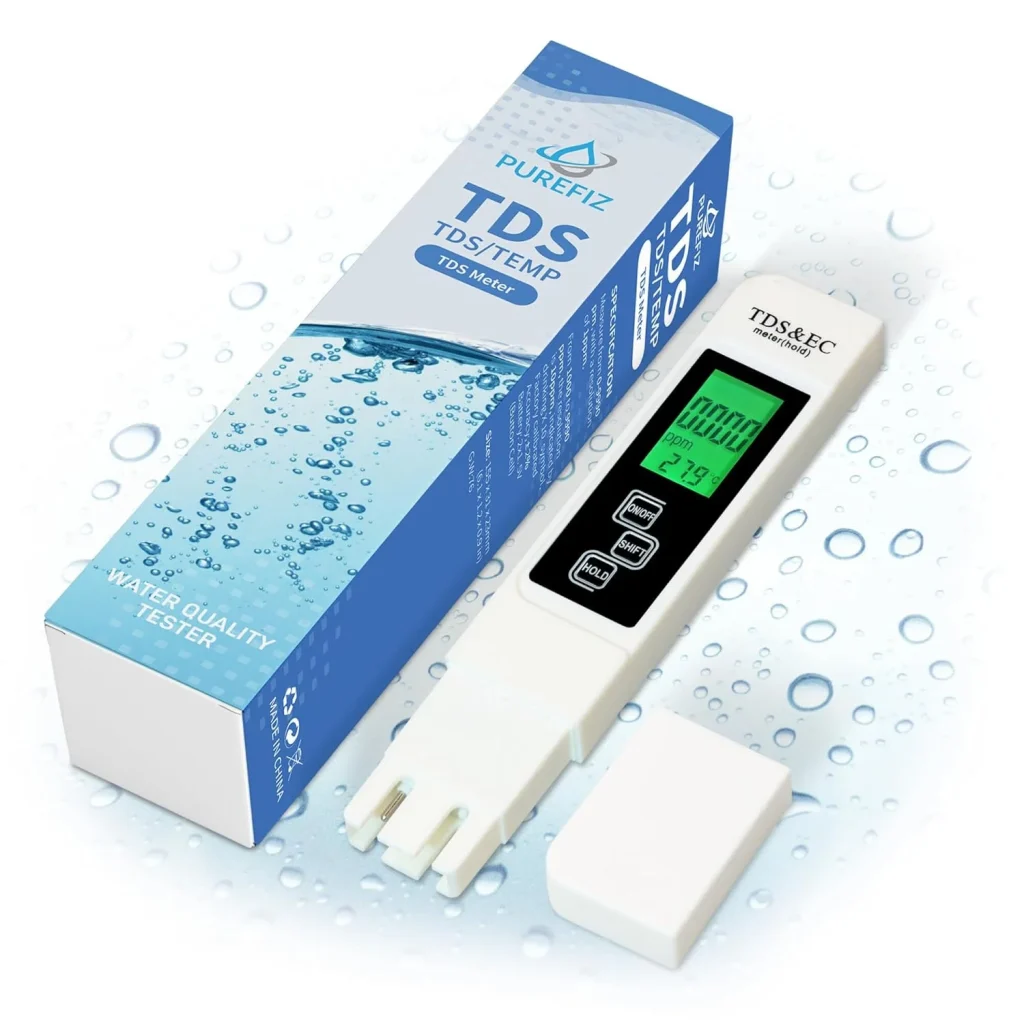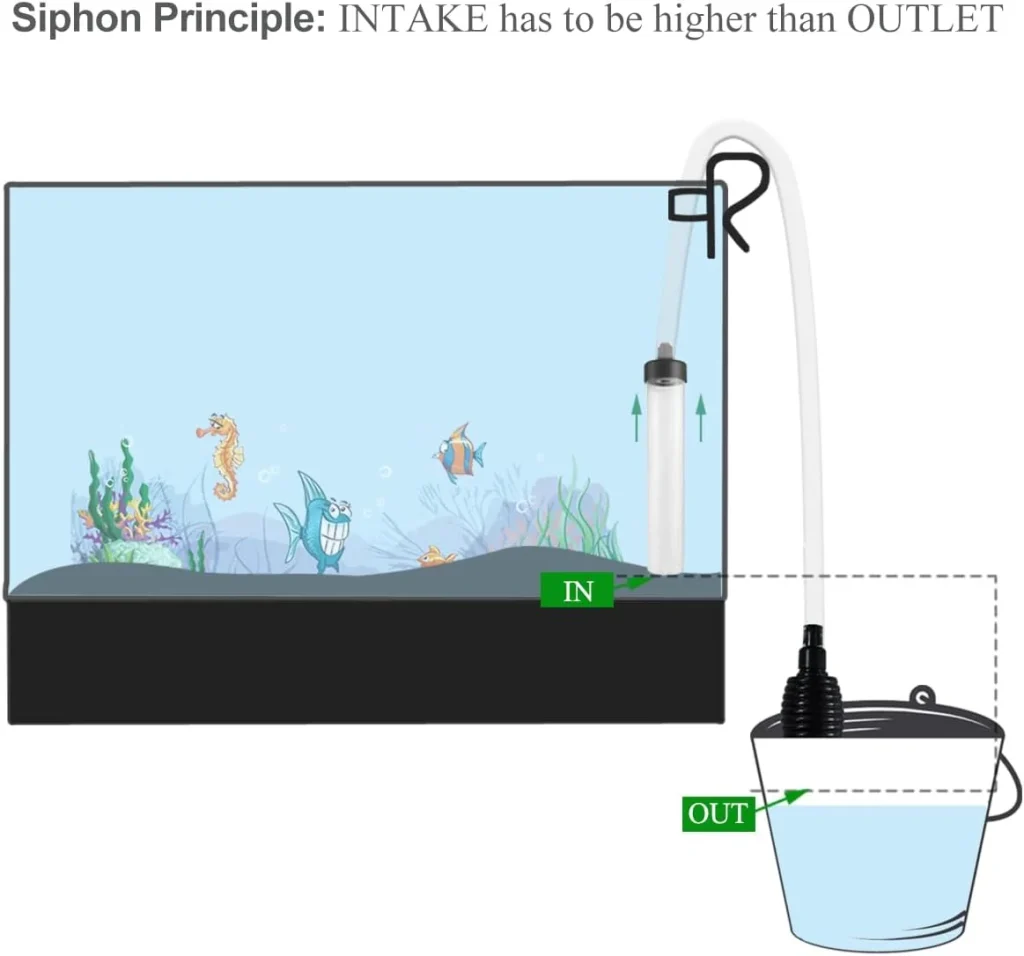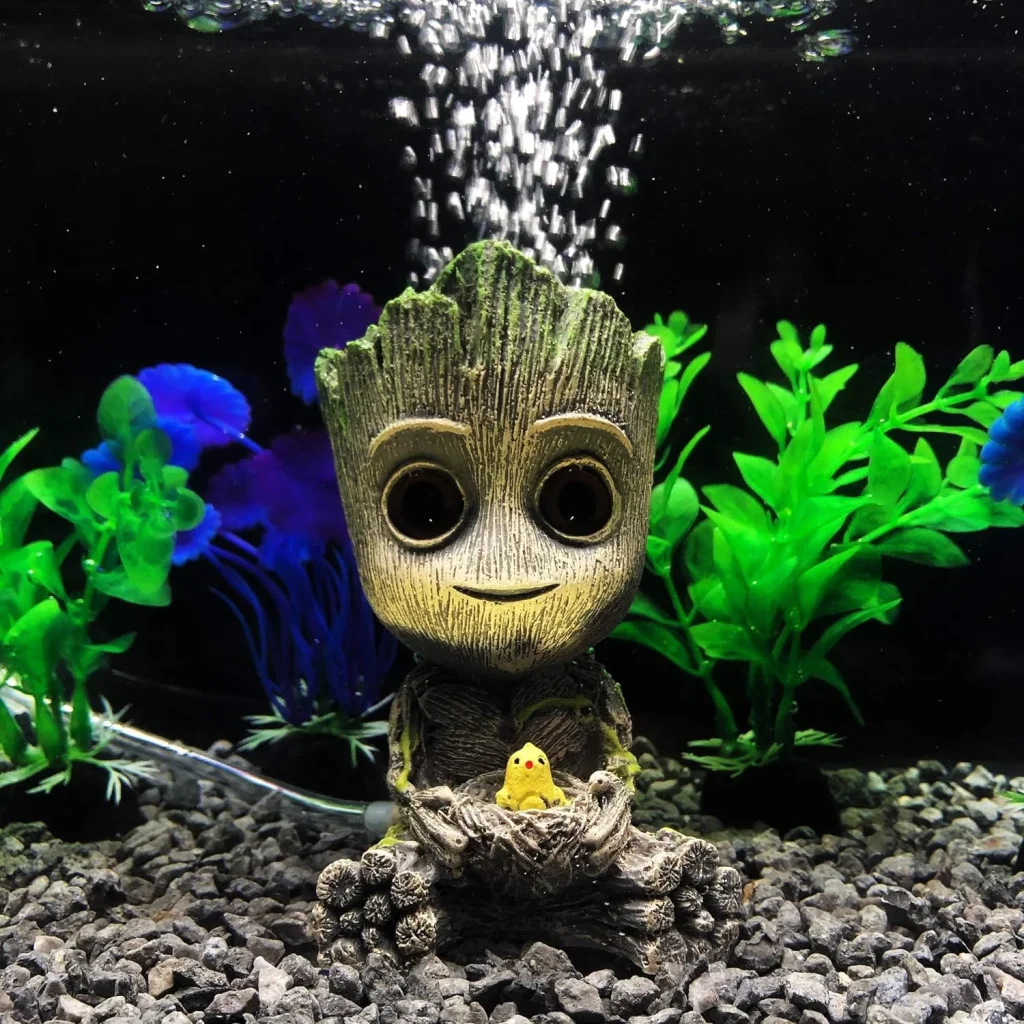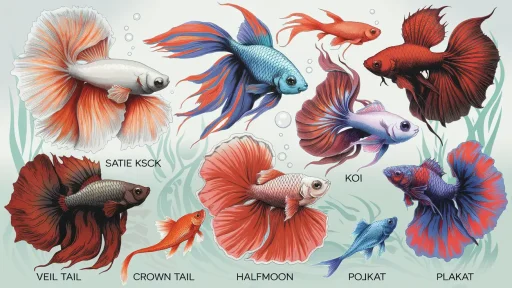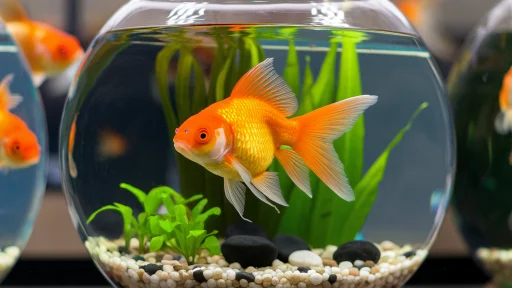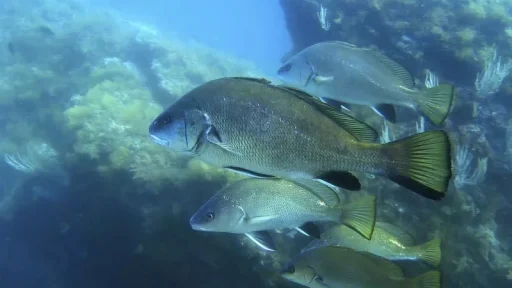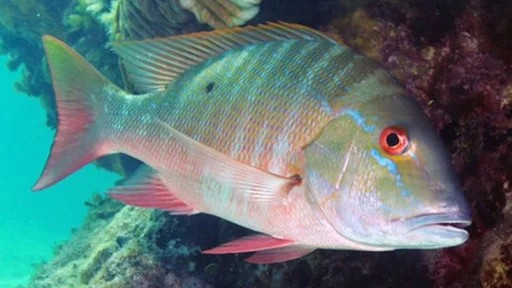Navigating the delicate balance of aquarium water chemistry can feel like juggling a thousand variables at once, but mastering this essential skill is critical for the well-being of your aquatic world. pH levels, nitrates, ammonia—all intertwined in a web of equilibrium that determines the health of your fish and aquatic plants. Whether your aquarium is thriving with lush greenery or teeming with colorful fish, understanding how to tweak water parameters is your key to success.
Introduction to Aquarium Water Chemistry
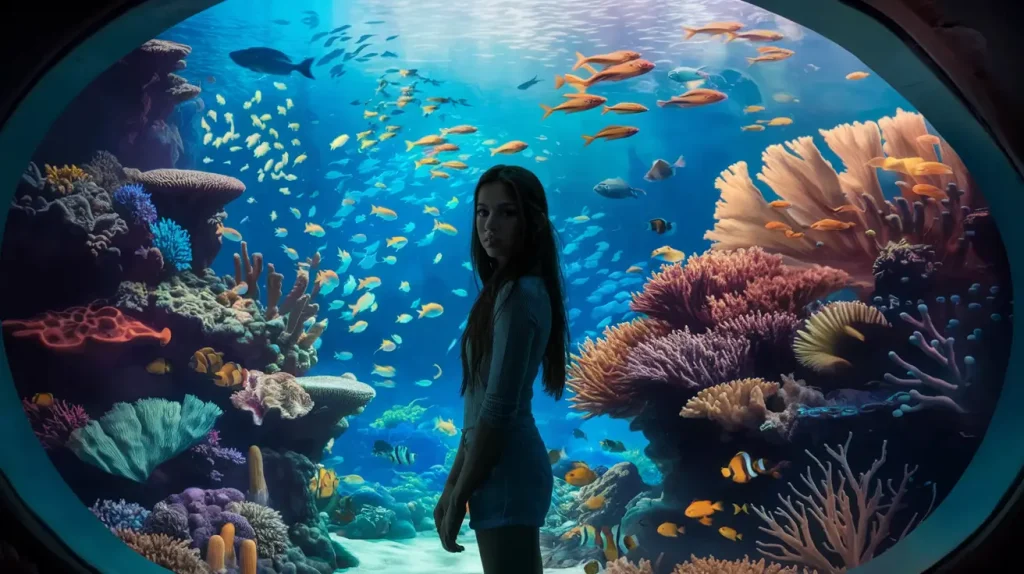
Aquarium water chemistry forms the backbone of any aquatic ecosystem, with elements like pH, nitrates, ammonia, and hardness constantly at play. Each parameter holds the power to either nourish or jeopardize your tank inhabitants. To keep everything in balance, you’ll need a firm grasp of how to adjust these variables and maintain a pristine, healthy environment.
Why pH Levels Matter in an Aquarium
pH—a seemingly small detail with colossal consequences. This measure dictates how acidic or basic your water is, directly affecting fish, plants, and bacteria. Most freshwater species thrive between 6.5 and 7.5, but even slight pH fluctuations can stress fish, causing long-term harm. Stability is key. Here is a meter (On Amazon) to check pH levels in your aquarium
How to Lower pH in an Aquarium
Battling high pH? You’ve got options:
- Driftwood: A natural remedy, driftwood releases tannins, gradually bringing pH down.
- Peat Moss: A powerful pH reducer, peat moss works similarly by infusing the water with natural acids.
- CO2 Injection: Particularly for planted aquariums, injecting carbon dioxide can lower pH levels as an added benefit of promoting plant growth.
- Water Changes: If your water source is alkaline, switching to distilled or reverse osmosis (RO) water can lower pH without harsh chemicals.
How to Raise pH in an Aquarium
Low pH got you down? Here’s how to lift it:
- Crushed Coral or Limestone: Adding these materials to your filter or substrate will buffer the pH, gradually increasing it.
- Baking Soda: A quick fix, but be careful—adding too much too fast can shock your fish.
- Rocks and Shells: Natural buffers like Texas holey rock or seashells raise pH over time by leaching minerals.
What Causes High pH in an Aquarium?
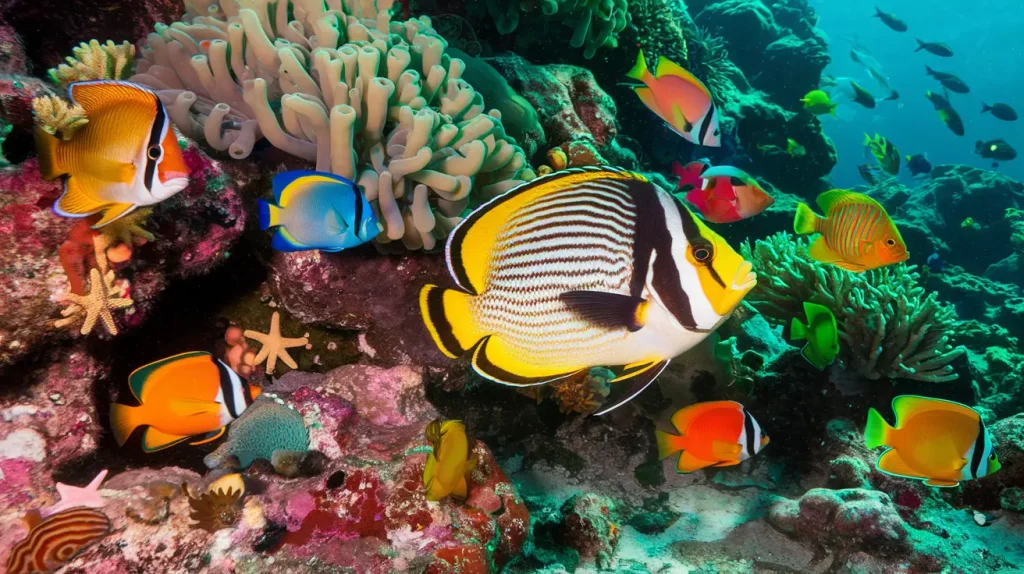
Ever wonder why your pH levels are through the roof? It’s often a case of hard water. High levels of dissolved calcium and magnesium can push your pH upwards, and overusing pH modifiers can worsen the situation.
How to Neutralize Excess Hydroxide Ions in an Aquarium
When hydroxide ions (OH-) overtake your tank, they push pH levels sky-high. Neutralizing them is simple: acidic compounds like vinegar or commercial pH decreasers will tame these ions. However, proceed with caution—small, gradual adjustments are vital. Here is a meter (On Amazon)to check hydroxide ions levels in your aquarium.
Understanding Nitrates in Aquariums
Nitrates (NO3) represent the final stage in the nitrogen cycle. Although less toxic than ammonia or nitrites, excessive nitrate levels can still wreak havoc, causing long-term stress or even death to your fish. The ideal range? Under 20-30 ppm. Here is a meter to check nitrates levels in your aquarium (On Amazon).
How to Remove Nitrates from an Aquarium
Time to tackle nitrates? Here’s how:
- Water Changes: Regularly replacing 10-20% of the water keeps nitrate levels in check.
- Live Plants: Nature’s own filter—live plants absorb nitrates, purifying the water in the process.
- Nitrate-Removing Media: Specialized filter cartridges or resins designed to suck up nitrates can be a lifesaver.
- Anaerobic Filters: By creating low-oxygen environments, these filters allow bacteria to convert nitrates into nitrogen gas, safely exiting the system.
How to Reduce Nitrates in an Aquarium
Alongside the strategies above, try these:
- Cut Back on Feeding: Overfeeding leads to excess waste, increasing nitrate levels.
- Vacuum the Substrate: Regular substrate cleaning removes decomposing material, which is a major source of nitrates.
- Use RO Water: RO water is nitrate-free, preventing further nitrate introduction during water changes.
Managing Ammonia Levels in an Aquarium
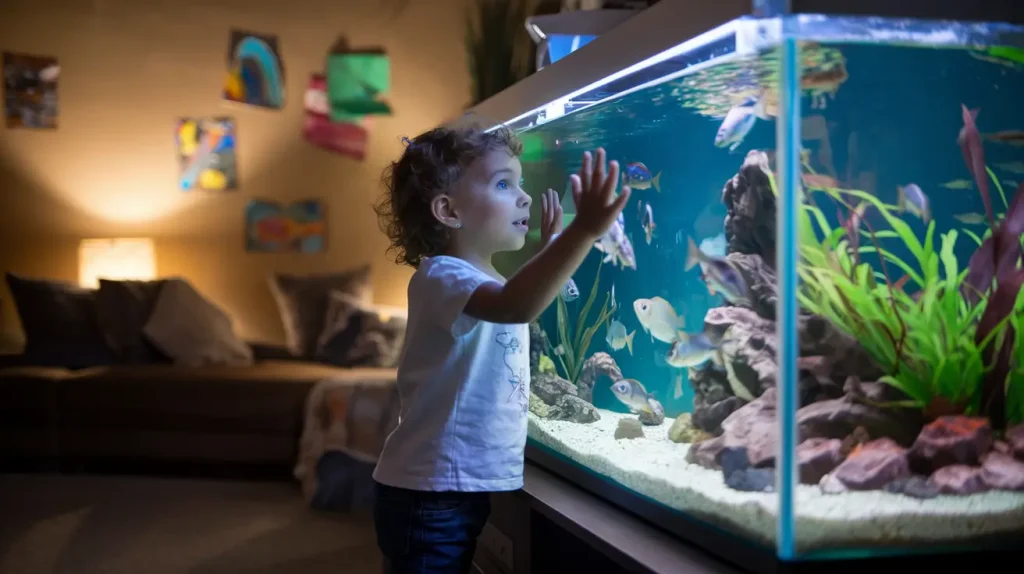
Ammonia—the invisible killer. Even trace amounts can harm or kill your fish. Keeping ammonia at zero is non-negotiable for a healthy tank.
How to Decrease Ammonia in an Aquarium
Struggling with ammonia spikes? Try this:
- Water Changes: Just like with nitrates, replacing tank water helps dilute ammonia.
- Beneficial Bacteria: Adding bacterial supplements can speed up the process of converting ammonia to nitrites, and eventually to nitrates.
- Efficient Filtration: An effective biological filter, one with plenty of surface area for beneficial bacteria, is critical for ammonia management.
How to Clean Aquarium Gravel
Gravel traps fish waste, food particles, and other debris. Using a gravel vacuum during water changes not only cleans the gravel but also helps maintain the water’s overall quality.
How to Clean Aquarium Sand
Cleaning sand requires a gentler touch than gravel. Use a siphon or vacuum carefully, avoiding stirring up too much sand. Occasionally, stir the sand to prevent gas buildup beneath the surface. You can use this Vacuum Cleaner for aquariums (On Amazon).
Dealing with Aquarium Pests: How to Get Rid of Snails
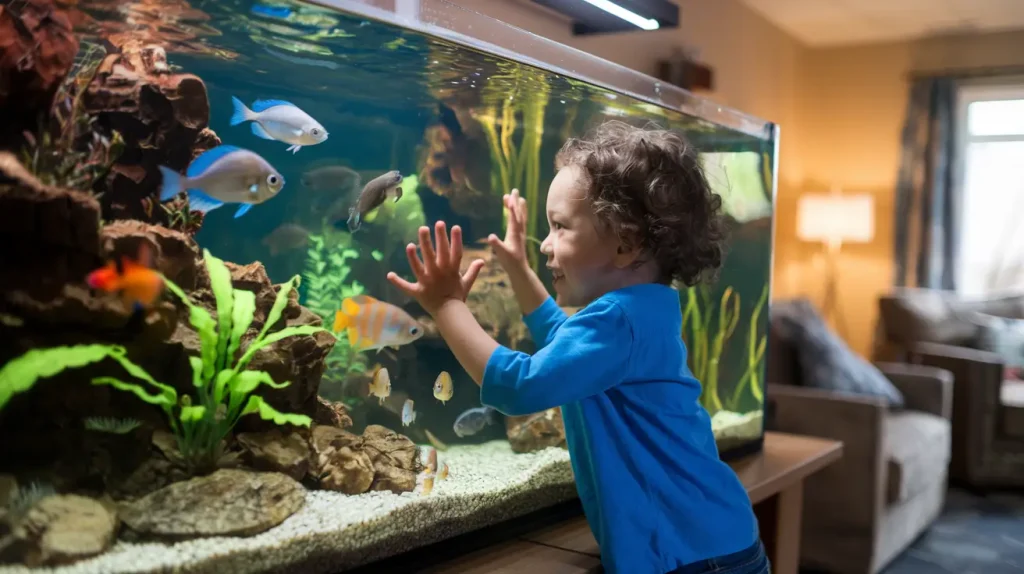
Snail invasion? Here’s how to handle it:
- Manual Removal: Tedious but effective—pluck them out or use a snail trap.
- Predatory Fish: Loaches or certain cichlid species will feast on snails.
- Reduce Feeding: Overfeeding your fish means more leftovers for snails, so cutting back can control their numbers.
Should You Add Dried Algae to an Aquarium?
Adding dried algae is a great way to supplement the diet of algae-eating fish, like plecos, but be cautious. Too much can affect water quality. Add sparingly.
Does a Planted Aquarium Need a Bubbler?
In most cases, planted tanks generate enough oxygen during photosynthesis. Bubblers are usually unnecessary unless your tank is heavily stocked with fish. Here is a Groot inspired aquarium air bubbler for your aquarium (On Amazon).
Conclusion: Maintaining the Perfect Aquarium Environment
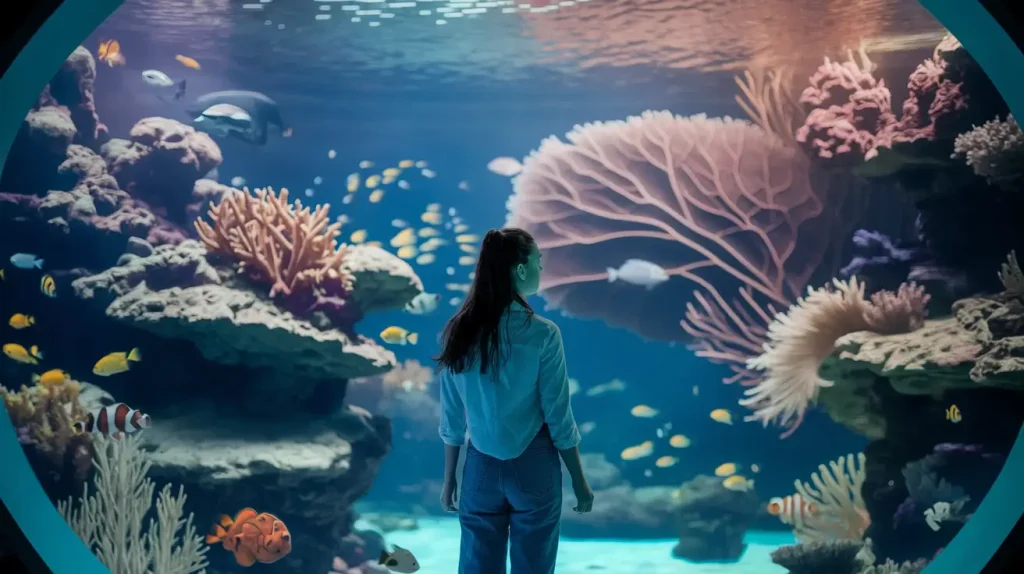
Mastering aquarium maintenance boils down to a careful balance—pH, nitrates, ammonia, filtration, and cleanliness must all work in harmony. With proper attention to detail and a proactive approach, your tank can flourish, offering a safe, healthy environment for your fish and plants to thrive.
FAQs
How often should I test my aquarium’s water parameters?
Test weekly to ensure stable water conditions.
Can I use tap water in my aquarium?
Yes, but it must be treated with a conditioner to neutralize chlorine and harmful chemicals.
What’s the ideal pH for a freshwater aquarium?
Most freshwater fish prefer a pH range of 6.5 to 7.5.
How long should I let my tank cycle before adding fish?
Ideally, let it cycle for 4-6 weeks to establish a healthy bacterial colony.
Is it safe to keep fish in a tank while adjusting pH?
Yes, but adjust pH slowly to prevent shocking your fish.
Read More:
Dorado Fish Decoded: Unveiling the Secrets of This Ocean Acrobat
Grouper Fish: The Giant of the Reef and Its Crucial Ecological Role
TriggerFish: The Ocean’s Living Locks and How They Got Their Name
Colonel Fish: Unraveling the Secrets of This Unique Marine Species


